Can’t be true!
Back again: Double 8 in Color
You’ve gotta be kidding me! Suddenly there’s Double 8 film in color again? After all those years when life on Double 8 reels was only in Foma black and white? First, a small amount of color negative film came on the market, then even Ektachrome reversal film. Who is behind this adventurous idea? We interviewed Michael Raso, the founder of the Film Photography Project (FPP) in the USA.
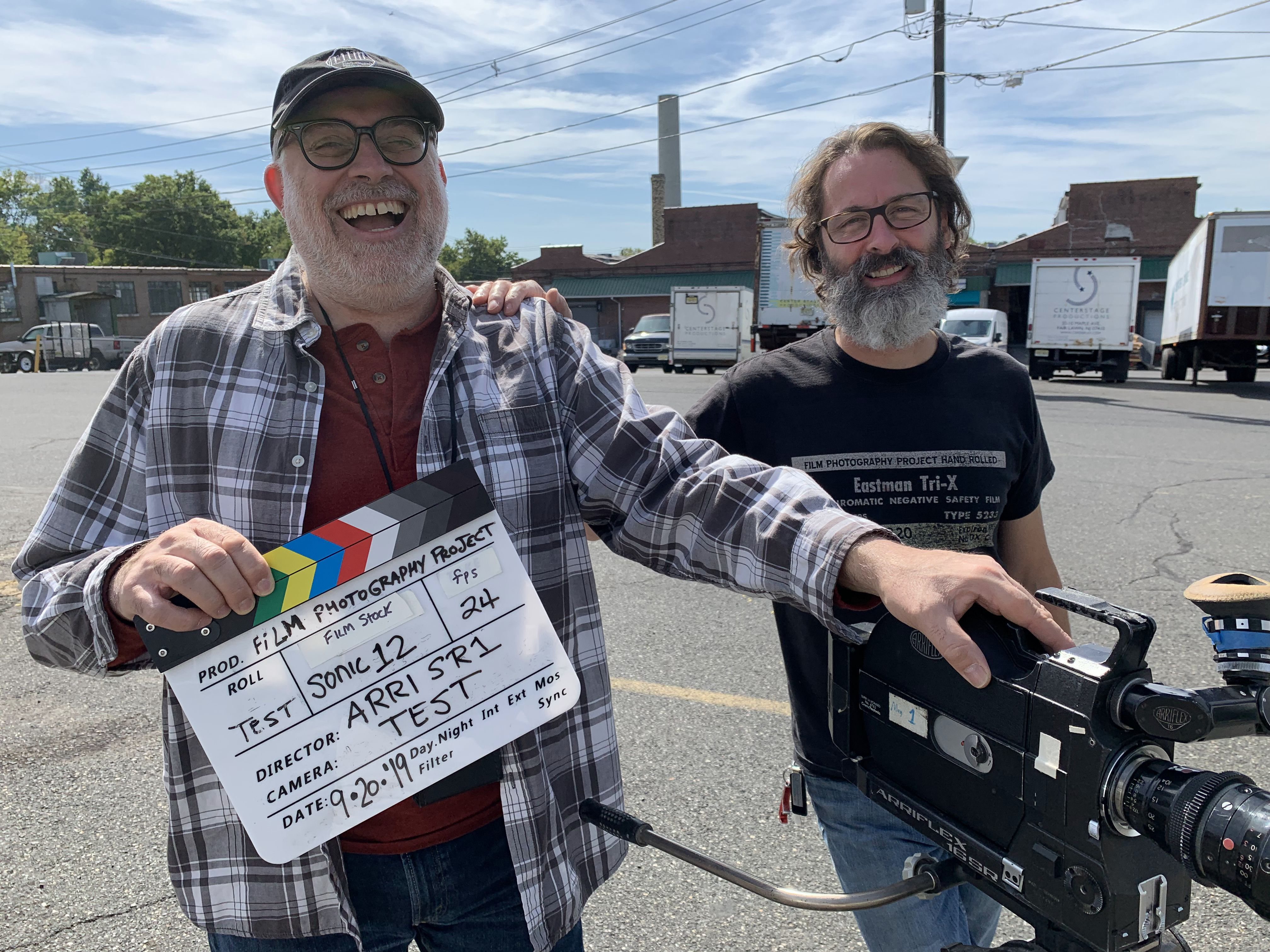
FPP is existing for over 10 years already. This all started as a podcast project. How did you guys meet each other?
Michael Raso: I became serious about my film photography again over 10 years ago after taking some time off to work in motion picture production and began looking for podcasts that would entertain and inform. Podcasting wasn’t as popular then as it is now, and there were few options that appealed to me. I contacted my long-time friend John Fedele, and pitched the idea of a podcast similar in style to early morning drive-time FM radio shows here in the US – a show that would be informative while also casual and hopefully very entertaining.
I knew we would work well together since I’ve known John since college, we worked together on all our student films and many professional projects, we both shared the same enthusiasm for film as a medium. Not to mention the same sense of humor.
Listenership grew organically and soon our on-air hosts grew to include our current group of rotating co-hosts, many of whom had emailed the show or I had met at the New York PDN Photo Expo, like Mat Marrash.
In 2011 you started with an Online Shop. What was the reason for this?
The first Film Photography Podcast (FPP) was launched in October of 2009. By the second year of the podcast I had received many email requests to start an on-line shop offering 35mm hand-rolled film. I realized there was a need for affordable films for vintage cameras, and so I took a gamble and started the site – simply calling it Film Photography Store. I had the idea that like the podcast, the store could be a tool for information, providing tips for getting the best results from the various products. Soon, it became known as a reliable source for film that also offered plenty of examples of what you may expect when shooting with a product. Our FPP branded products have grown in number over the years, but we are still committed to offering as many types of film from as many brands as possible – we are big supporters of Kodak, Lomography, the Impossible Project and boutique companies like Yodica Film or Street Candy.
Which had been your first products and which ones had been most successful?
At the time of our on-line store launch, The Impossible Project was introducing their new films for vintage Polaroid cameras. Impossible Project film was one of our best-selling films along with Fuji peel-apart film for Polaroid Automatic Land cameras. Next, I added Kodak film products and film chemistry and soon after we brought back the 620 film format – the first of our in-house projects. The 620 film project was launched to provide film for the many owners of Kodak Brownies – a camera that was discontinued in the 1990s, along with 620 film – who weren’t able to take photos with their favorite cameras.
You also started a School Donation Program. How does this work?
The FPP School Camera Donation Program provides refurbished and thoroughly tested vintage film cameras to teachers, not-for-profit organizations and schools with Film Photography Programs, or schools that are adding Film Photography to their existing photography program. We receive the cameras in all stages of functionality from podcast listeners, people who shop our store and see the link, or were referred to us by someone who had heard of the program and would like to see their father’s camera being used for a good cause.
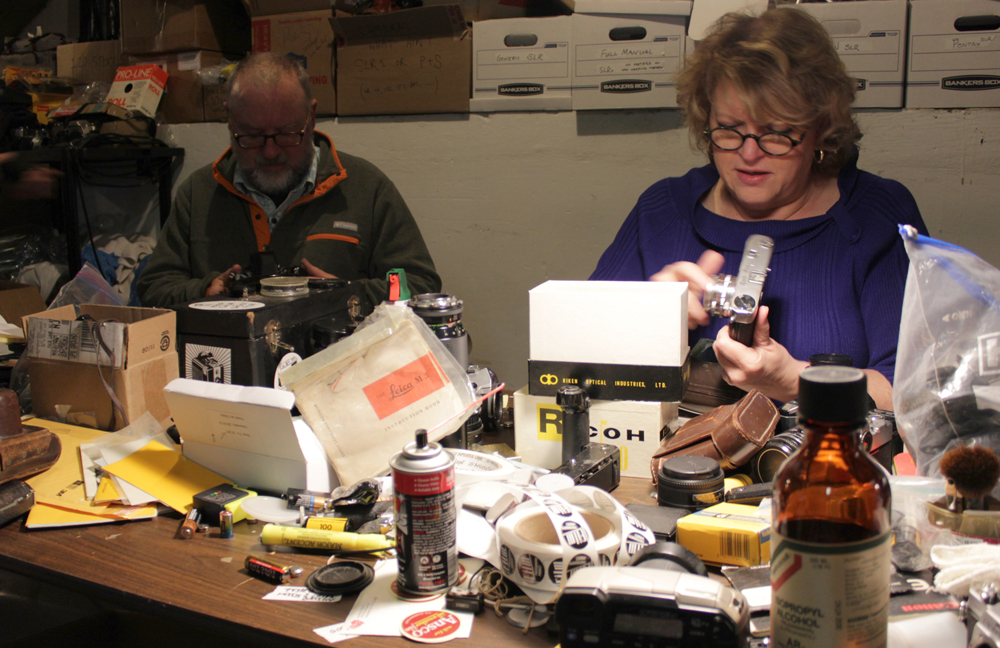
The FPP podcast group volunteers their time and energy to examine, clean, take apart, put back together and finally thoroughly test the cameras before they are deemed ready for donation to schools. School administrators and instructors contact use through a School Camera Donation Program section of the website, informing us of their program, number of students and specific requests, like type of film camera or lenses. We typically reply to requests within a few business days, although depending on our inventory levels it may take some time to fulfill the larger requests. To date, we’ve sent thousands of fully working cameras to schools all around the U.S.
In 2020 you decided to come up with some 8mm film stock products, especially for Regular 8 (Double 8). The only available film so far was the Fomapan R100 2×8 in black & white. How was this idea born?
Our newest FPP podcast member Owen McCafferty pitched the idea of offering Double 8 film explaining that there are so many beautiful vintage cameras available and that they’re so well built that almost all of them are still functional. I thought this was a terrific idea, and after much brainstorming and numbers crunching to see if I could make it work, in 2019 we started our Double 8 Initiative – called Cine8 – with plans on offering a wide variety of Double 8 film along with lab and scanning services. We continue to expand this line, and I remain very excited about it!
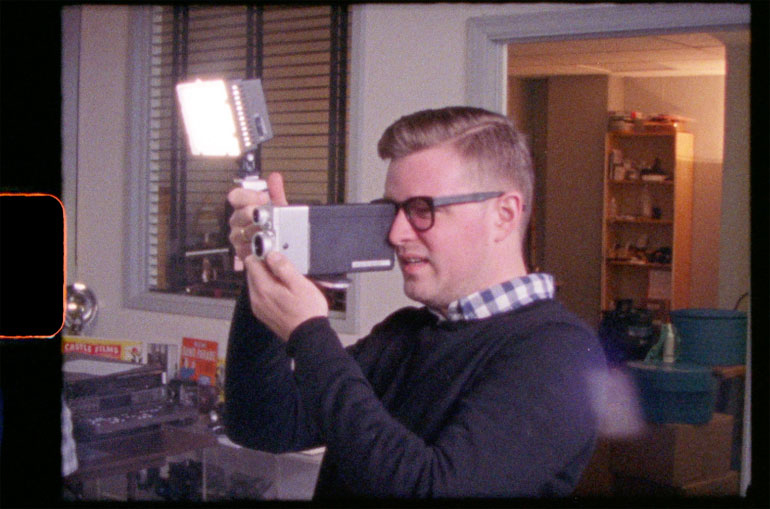
What is the fascinating thing about Double 8?
The most fascinating thing about Double 8 film is that it’s actually 16mm width film that yields double the footage of the length of the reel. The film is run through the camera once, and when it runs out you open the camera, flip the reels and insert the reel back into the camera where it runs through the camera a second time. You’ve now shot the reel twice, once on each side, and when developed you see two 8mm images running side-by-side. Then, the film is slit down the middle and you have 50 feet of 8mm film from a 25 foot reel! The concept is so compact and ingenious, in that it allows the cameras to remain very small.
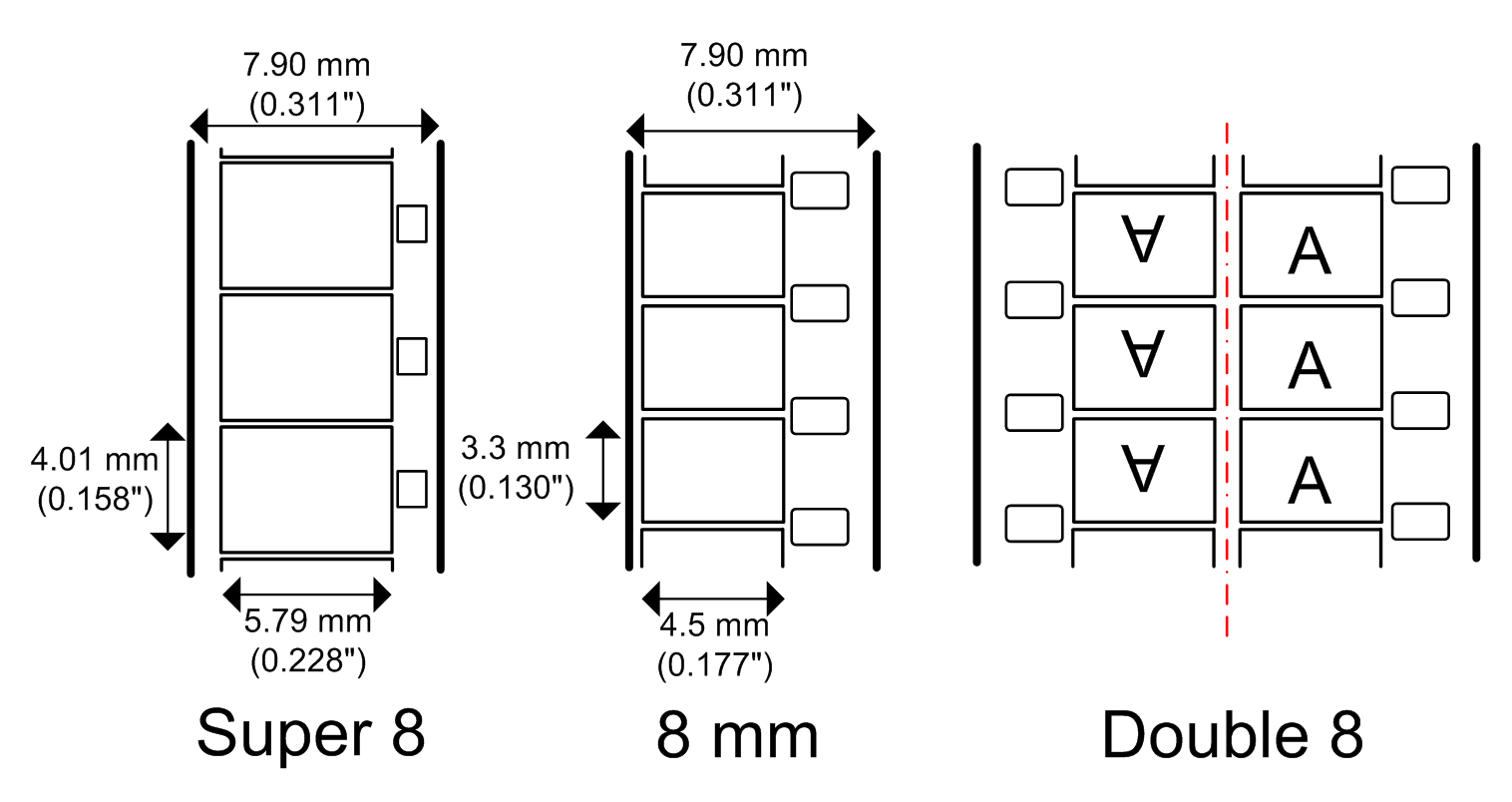
Most of the Double 8 cameras have D mount lenses and clockwork motor. Is this an attractive argument for using them?
I believe so, Double 8 cameras were beautifully designed. Most have removable D mount lenses. The standard lens is 13mm. Wide angle – 6mm. Telephoto – 38mm. The cameras wind up by hand and can shoot about 30 seconds of film before rewinding. They shoot 16 frames per second with a shutter at approximately 1/30th sec. I think this is a very satisfying and economical method of shooting movie film.
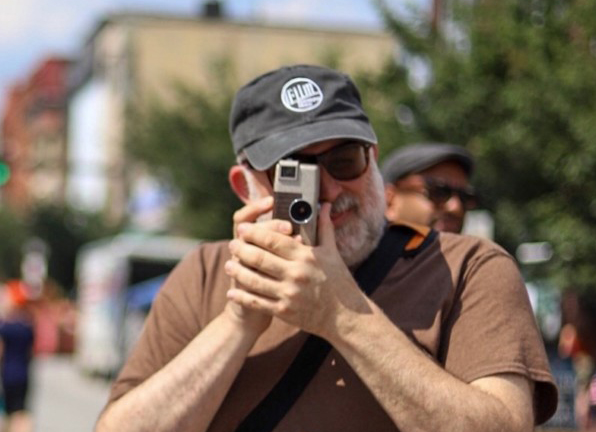
Your 50D/500T films have been sold out quickly. What do you think is the reason for this?
Our color films sell out within days of going on sale here in the US. I think the reason is that our film is reasonably priced and color film in Double 8 is so difficult to find.
Have you been surprised about the success?
Yes! As a 16mm and Super 8 shooter my whole life I didn’t initially know if anyone would be interested in Double 8 film. It was a gamble, and I am very happy with the reception to the film and now an avid Double 8 shooter myself.
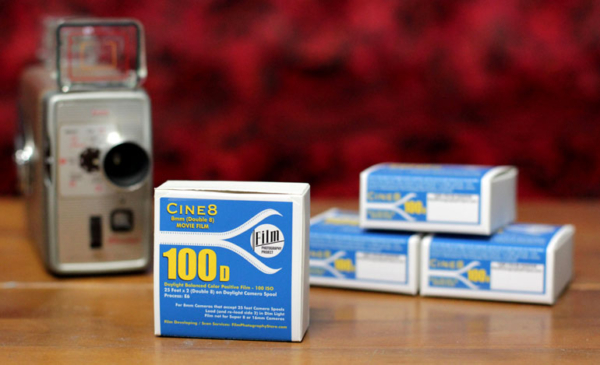
Now you came up with Ektachrome 100D on 2×8 rolls. Do you think the filmmakers will use this film for projecting or for scanning mainly?
While Owen and members of on-line cine forums are very passionate about projecting film I have discovered that so many more people are strictly interested in a digital workflow. Shoot on film > Scan to HD (or 2k or 4k) > Edit digitally for digital presentation. I can’t speak for the world but I know that in our small FPP world shooters are mainly shooting for scanning. It’s the best of both worlds that the film can be used for projection and for digital workflows.
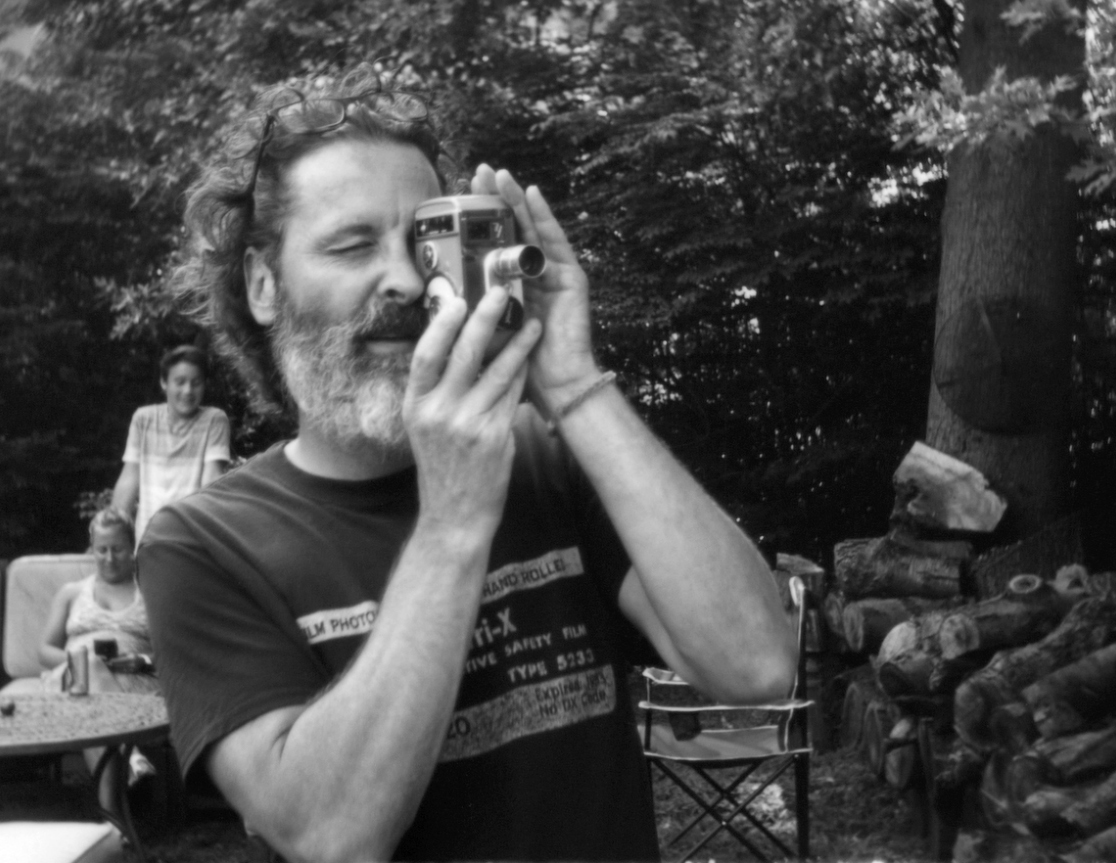
On your website it’s stated that you produce these 8mm films in cooperation with Kodak. How does this work?
Leslie Lazenby and I have mentioned many times on the podcast that we grew up with Kodak, and we remain big supporters of the brand. We’ve always sold Kodak products in the store, and next to our hand-rolled films Kodak is our best-selling film. When I began researching ways to bring Double 8 film to film shooters, it was natural for me to contact Kodak about purchasing Vison3, BW Double-X and Ektachrome for our Double 8 project. We were able to come to an agreement with them, and this was the first step in many that resulted in the Double 8 Initiative.
Another format you are thinking about is 16mm double perf. Are there a lot of old cameras around that could be used with this film?
Yes, another discarded format is Double Perf 16mm, and there are many vintage wind-up 16mm cameras in the world that only accept double perf film. I don’t know if the demand will be high, to be frank, but making defunct film formats available again in the market is one of our core goals and so we will be making both color and BW film in double perf 16mm available in 2020.
FPP is posting new blogs
weekly at
Film Photography Project
You are in New Jersey. Where do all your customers come from? Mainly from the USA?
We have podcast listeners around the globe, with the UK and Scandinavia leading the non-US audience. We ship to many countries, with Analogue Wonderland in the United Kingdom – now carrying many of our products – taking over as the top supplier of FPP products to Great Britain and EU.
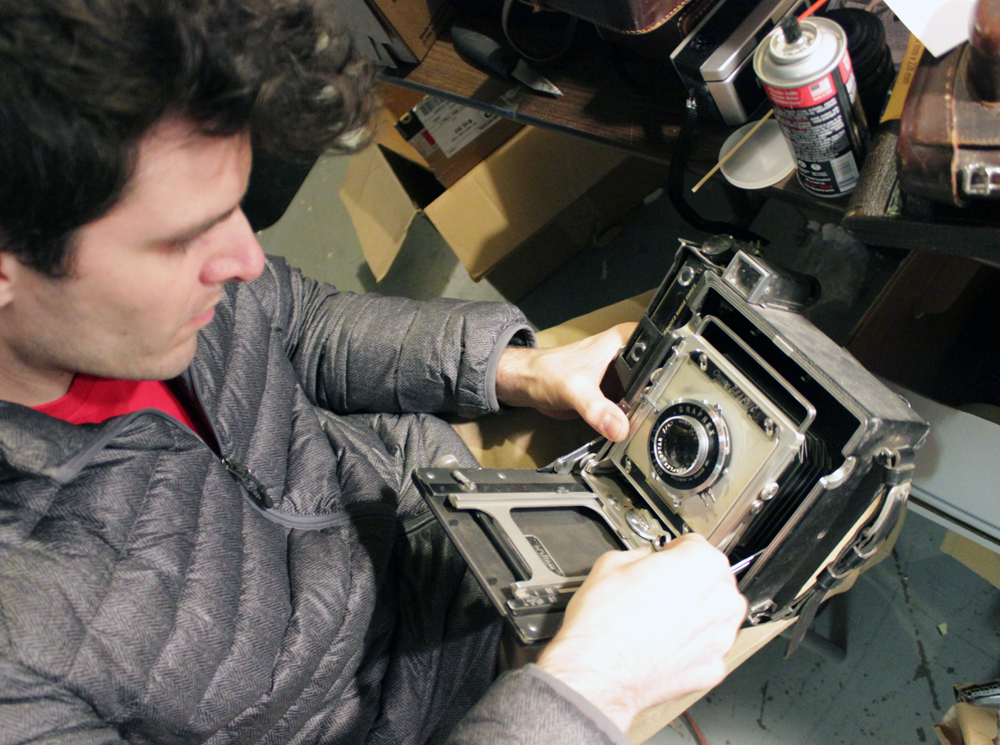
Which are your next plans concerning new products?
We will continue to expand our new Double 8 and Double Perf 16mm film lines in 2020. Our big goal in 2020 was to offer free workshops focusing on film for both still photography and cine cameras. Sadly, our 2020 plans were put on hold due to the world Covid-19 crisis, but we are looking forward to rescheduling at some point in the future. In the meantime, we will continue to offer tips, tools and more on our various social media platforms including our YouTube channel, where I have just posted our first video cast episode for those who might like that option. The episode is also available as a traditional audio podcast.
Who the hell is Michael Raso?
Photographer, producer and filmmaker Michael Raso has been working professionally in the visual arts for over 25 years. After studying cinematography under Czech cinematographer Bedrich Batka and cutting his teeth at Comcast specializing in commercial production, Michael began shooting indie feature films. He began his film career producing and shooting low budget independent films including the 1989 shot-on-super 8 horror anthology The Basement and the 16mm feature Ghoul School. Michael continues his pursuits in film with Film Media, his motion picture film restoration, and preservation company in Fair Lawn, NJ.
In 2009, Michael’s enthusiasm for traditional film photography inspired him to found the Film Photography Project and its fortnightly internet radio show, the Film Photography Podcast (FPP). Today, the FPP and its instructional videos, exclusive products and Walking Workshops have converted photographers around the globe to the joys of film photography. And most rewardingly, the FPP’s popular Camera Donation Program continues to place analog cameras, film and lenses into the hands of kids and instructors world-wide.













